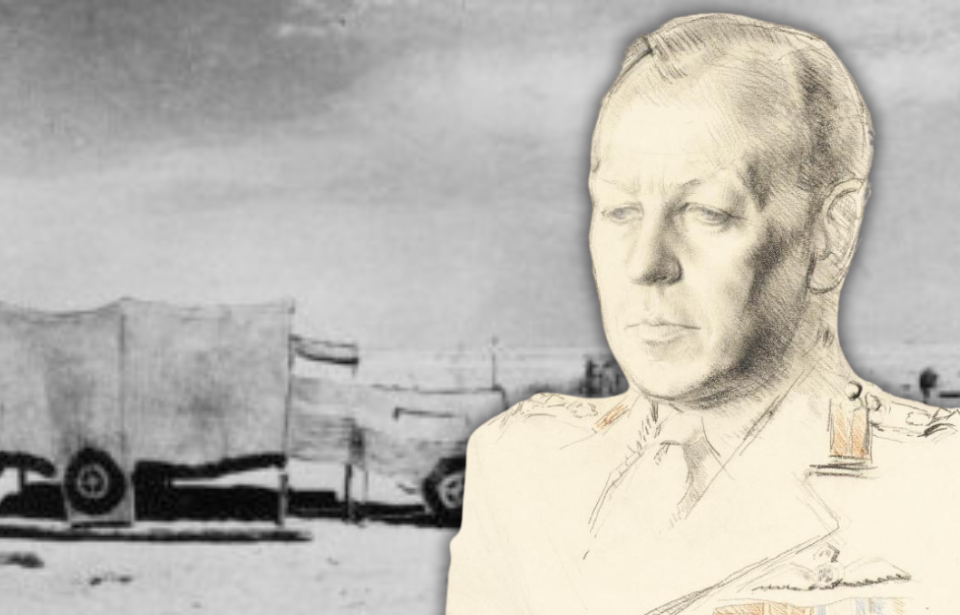Everyone is familiar with the US military’s Ghost Army, artists and architects whose sole job was to deceive the Germans during the Second World War. Their exploits are legendary, as are those of a similar group: Britain’s “A” Force. These elite soldiers, led by Dudley Clarke, employed similar tactics against the Axis Powers in North Africa and Europe, giving the Allies a much-needed leg-up against the likes of Erwin Rommel.
Dudley Clarke’s early life and entry into the British military
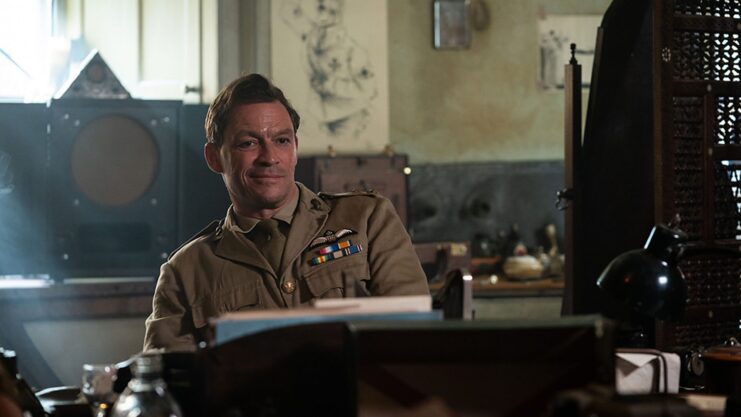
Dudley Clarke was born on April 29, 1899, in Johannesburg, South Africa. His father, Ernest Clarke, was a British expatriate who had been involved in the failed Jameson Raid of 1985-86, in which British colonial administrator Leander Starr Jameson tried to spark an uprising against the South African Republic. It was one of the catalysts for the Second Boer War.
The family relocated to Britain during the conflict, where Clarke attended Charterhouse. It was there that he began showing an interest in the military, thanks to its proximity to the Royal Flying Corps. As such, it wasn’t a surprise when, in 1916, he enlisted in the Royal Military Academy, Woolwich. A year later, he was commissioned a second lieutenant with the Royal Artillery (RA).
Service during the Great War and beyond
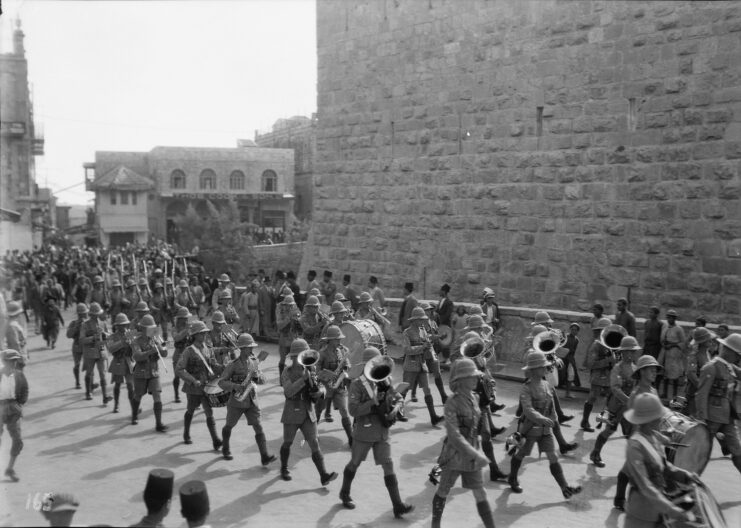
At the time of his commission, Britain was still heavily involved in the Great War, and it was Dudley Clarke’s hope that he’d be deployed to the Western Front. Unfortunately, he was deemed too young, leading him to, instead, seek a transfer to the Royal Flying Corps. He was accepted and sent to Egypt to train as a pilot.
While stationed in Egypt, Clarke didn’t experience combat, but he did begin to gain an understanding of military strategy. After the conflict came to an end, he returned to the Royal Artillery and was given a posting in Mesopotamia (modern-day Iraq). He was among those involved in the evacuation of European citizens during the 1920 Iraqi Revolt, and his success during this time led to a posting in Palestine in 1936.
While in Palestine, Clarke was charged with managing guerrilla warfare, as part of the Arab Uprising. Working with intelligence officer Tony Simonds, he improved communication between the Royal Air Force (RAF) and the British Army, which, in turn, led to better effectiveness when it came to military operations.
Dudley Clarke establishes ‘A’ Force
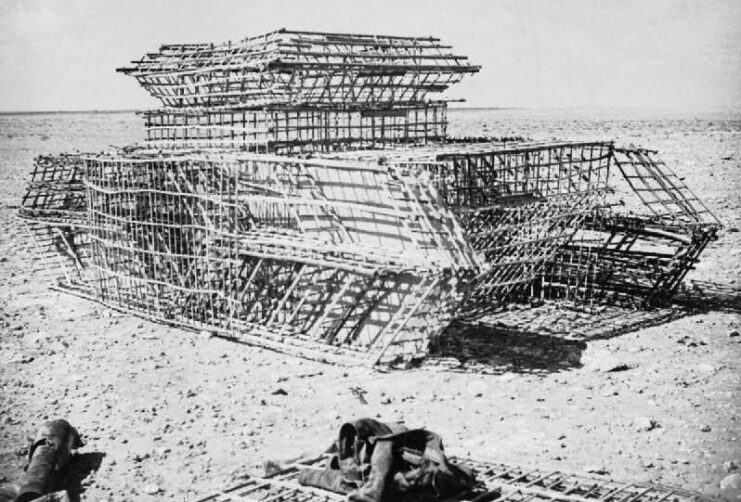
When World War II broke out, Dudley Clarke was summoned to Cairo by Gen. Archibald Wavell, who tasked him with creating a new intelligence section focused on deception. His first major mission, codenamed “Operation Camilla,” aimed to mislead Italian troops in East Africa, and while it didn’t achieve its intended results, it did provide Clarke with the knowledge he needed to create the group Wavell had requested.
In January 1941, Clarke officially established the Advanced Headquarters “A” Force. Dedicated to strategic deception, the unit operated under the guise of setting up a regional office for MI9. Before long, the troops began fabricating entire divisions and brigades that were so real in their conception that enemy forces believed them to actually exist.
The most famous fake division eventually became real. Clarke developed the 1st Special Air Service (SAS) to play upon the Axis Powers’ fear of paratroopers. It initially consisted of two soldiers walking around Cairo with parachute equipment, but it wasn’t long before it was transformed into a guerrilla force hell-bent on sabotage.
‘A’ Force at El Alamein
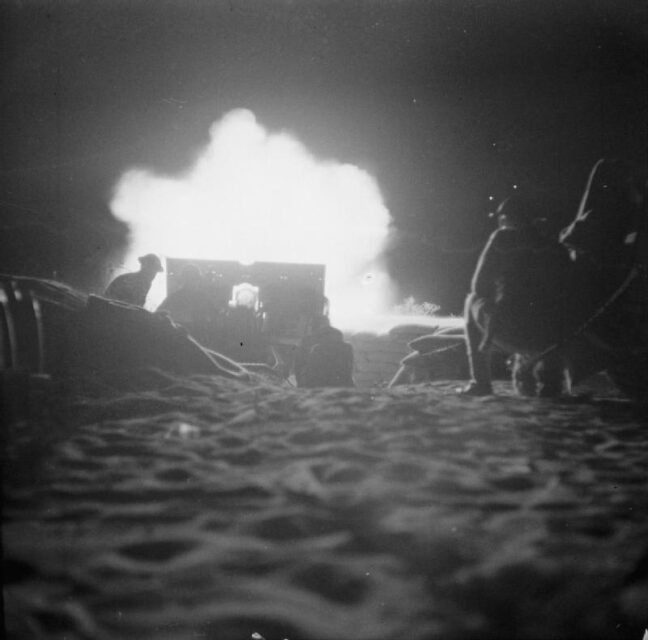
Dudley Clarke’s “A” Force played a crucial role during the Battle of El Alamein in 1942. While the Allies planned an attack against Erwin Rommel‘s Afrika Korps, the master of deception devised Operation Bertram, which aimed to deceive the Germans as to the true location and size of the Allied forces in the region. This was achieved through the use of fake supply depots, misleading radio traffic and dummy tanks, which made the enemy believe there was a build-up in the southern sector.
It can be argued that, without Operation Bertram, the Allies wouldn’t have been as successful as they were at El Alamein. With “A” Force having convinced Rommel that an attack would come from the south, they were able to surprise and overwhelm the Germans’ defenses, thus turning the tides of the North Africa Campaign.
Operation Copperhead
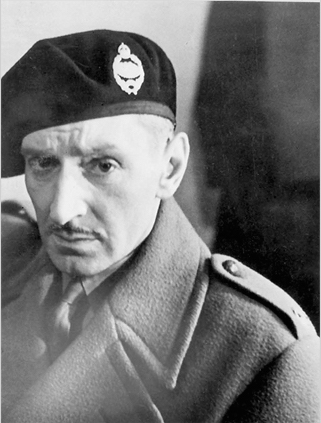
In 1944, Dudley Clarke spearheaded the most surprising deception mission of the Second World War: Operation Copperhead. The plan was to find a look-alike of Gen. Bernard Montgomery to mislead the Germans about the timing and location for the invasion of Normandy.
Clarke chose Lt. M.E. Clifton James for the role, as he bore a striking resemblance to Montgomery. After rigorous training to ensure he could pull off the ruse, James made public appearances in North Africa and Gibraltar, all in an attempt to make it appear as though the real Montgomery was far away from the intended invasion site.
While there were a few hiccups to contend with, such as James’ penchant for drinking, Operation Copperhead was a success. This, paired with the creation of a faux American force (the First US Army Group), led by Gen. George Patton, meant German attention and resources were diverted, thereby aiding in the successful execution of D-Day.
Dudley Clarke left behind an enduring legacy
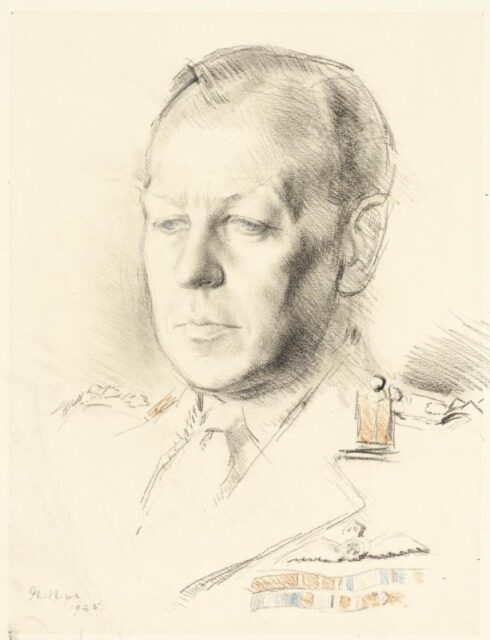
Following World War II, Dudley Clarke was tasked with documenting the history of “A” Force. After this, in 1947, he retired from the British Army, having reached the rank of brigadier. He was commended by Field Marshal Harold Alexander, who said Clarke “did as much to win the war as any other single officer.”
Having returned to civilian life, Clarke turned to writing, publishing Seven Assignments in 1948, which detailed his wartime experiences. He also worked as Head of Public Opinion Research at the Conservative Central Office, going on to lead a quiet, peaceful life.
For much of his post-war life, Clarke’s efforts during the Second World War remained unknown to the public. Slowly, documents became declassified, leading to more recognition of his and “A” Force’s efforts during the conflict.
More from us: Germany Once Planned to Assassinate Winston Churchill… With Exploding Chocolate
Want War History Online‘s content sent directly to your inbox? Sign up for our newsletter here!
On May 7, 1974, Dudley Clarke passed away in London, United Kingdom, leaving behind a legacy as one of the most eccentric and crucial members of the British Army.
